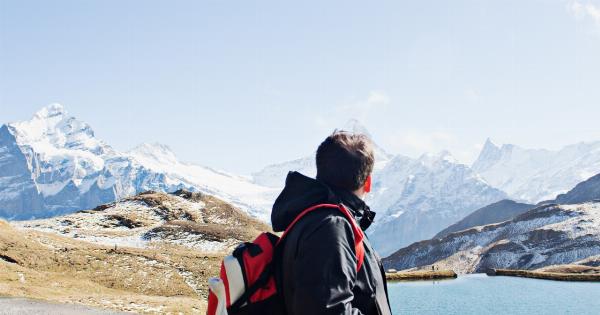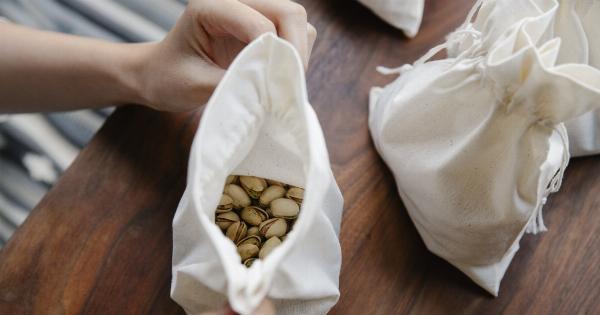Cold tolerance refers to an individual’s ability to withstand and adapt to cold temperatures.
It involves various physiological and genetic factors that influence an individual’s ability to maintain a stable body temperature and survive in cold environments. Several key factors determine cold tolerance in individuals, including genetics, acclimation, body composition, insulation, metabolic rate, and behavioral adaptations.
Genetics
Genetics plays a significant role in determining an individual’s cold tolerance.
Certain genetic variations contribute to enhanced cold tolerance, such as increased production of heat-shock proteins or the presence of specific genetic markers associated with cold adaptation. These genetic factors affect an individual’s ability to maintain body temperature by influencing the efficiency of thermogenesis and heat retention mechanisms.
Acclimation
Acclimation is the process by which an individual adapts to cold environments through exposure over time. Regular exposure to cold temperatures stimulates the body to make physiological changes that increase cold tolerance.
This includes increased blood flow to extremities, changes in metabolic rate, and improved insulation. Acclimation occurs gradually and can vary between individuals.
Body Composition
Body composition, specifically the amount of subcutaneous fat and muscle mass, plays a crucial role in cold tolerance. Subcutaneous fat acts as an insulating layer, reducing heat loss from the body.
Individuals with higher levels of subcutaneous fat generally have higher cold tolerance. Conversely, individuals with more muscle mass have a higher metabolic rate, generating more heat to keep the body warm.
Insulation
Insulation refers to the ability of clothing or other materials to trap heat and prevent its loss to the environment. The effectiveness of insulation directly affects an individual’s cold tolerance.
Layering clothing, using materials with excellent insulating properties, and minimizing exposed skin are all strategies to enhance insulation and maintain a higher body temperature in cold conditions.
Metabolic Rate
Metabolic rate influences cold tolerance by affecting the body’s heat production. Basal metabolic rate (BMR) is the amount of energy the body requires to maintain basic functions at rest.
Individuals with a higher metabolic rate generally generate more heat, increasing their cold tolerance. Factors such as age, sex, body composition, and physical activity level influence an individual’s metabolic rate.
Behavioral Adaptations
Behavioral adaptations are learned or instinctive behaviors that individuals employ to cope with cold temperatures. These include seeking shelter, building fires, and adopting specific postures or movements to conserve heat.
Behavioral adaptations can significantly influence an individual’s ability to survive and thrive in cold environments.
Altitude and Cold Tolerance
Altitude has a direct impact on cold tolerance. As altitude increases, atmospheric pressure decreases, resulting in reduced oxygen availability. This decrease in oxygen impacts an individual’s ability to generate heat thermogenically.
Additionally, the lower temperatures at higher altitudes necessitate better cold tolerance to avoid hypothermia and other cold-related complications.
Gender Differences in Cold Tolerance
Gender differences also influence an individual’s cold tolerance. In general, women have been found to have lower cold tolerance compared to men.
This difference is partly due to variations in body composition, with women generally having higher body fat percentages and lower muscle mass. Hormonal differences can also impact thermoregulation and cold tolerance in women.
Age and Cold Tolerance
Age affects cold tolerance, with older individuals generally exhibiting reduced cold tolerance compared to younger individuals.
Older adults may have decreased metabolic rates, thinner skin layers, and decreased ability to shiver, all of which contribute to reduced heat production and higher susceptibility to cold-related health issues. It is important for older individuals to take additional precautions in cold environments.
Climate Adaptation and Cold Tolerance
Individuals living in cold climates tend to develop higher cold tolerance due to long-term exposure and adaptation to cold environments.
Such individuals may possess genetic factors that enhance cold tolerance, exhibit acclimation to cold conditions, and employ behavioral adaptations specific to their environment. However, individuals from warmer climates may experience difficulties adapting to cold environments when exposed for prolonged periods of time.
Conclusion
Cold tolerance in individuals is a complex interplay of genetic factors, acclimation, body composition, insulation, metabolic rate, and behavioral adaptations.
Understanding these factors can aid in assessing an individual’s ability to withstand cold temperatures and prevent cold-related complications. It is important to consider these factors when engaging in outdoor activities or living in cold environments to ensure adequate cold tolerance and protect overall well-being.





























